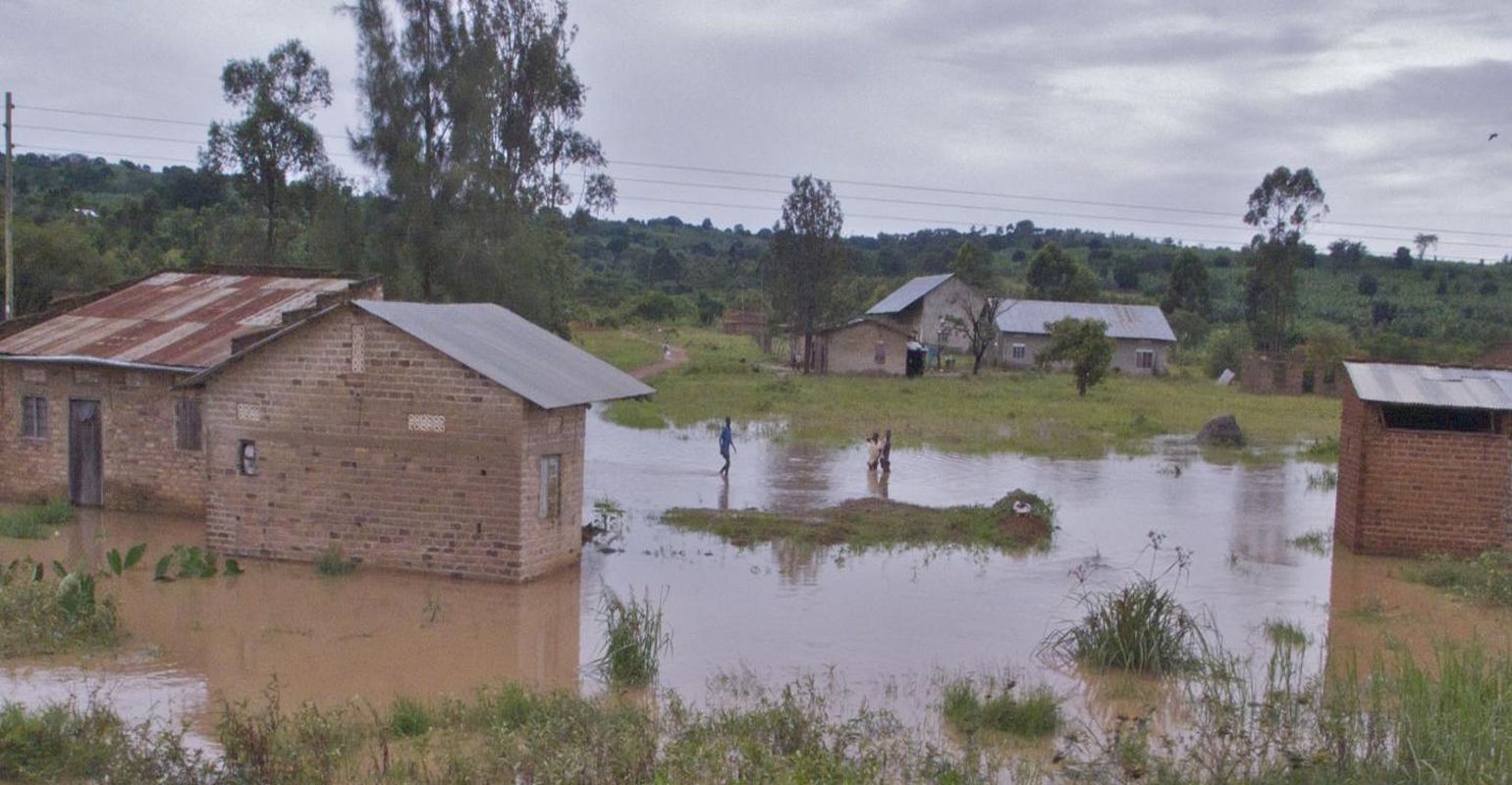Study of Climate Change Could Lead to Understanding Future of Infectious Disease

Over the past 34 years, rainfall in Uganda has decreased by about 12 percent even though many of the global climate models predict an increase in rainfall for the area, according to an international team of researchers. Rainfall levels in Uganda impact agriculture, food security, wildlife habitats and regional economics as well as the prevalence of certain diseases.
"We didn't plan to study the climate," said Steven J. Schiff, the Brush Chair Professor of Engineering in the Departments of Neurosurgery, Engineering Science and Mechanics and Physics, Penn State. "But we realized we needed the information to study infections. The biggest need for infant brain surgery in the developing world is infection-caused hydrocephalus."
While there are congenital cases of hydrocephalus, infectious disease causes the majority of cases in Uganda. Infections are the cause of large numbers of infant deaths during the first four weeks of life and half those deaths take place in sub-Saharan Africa. Those who do not die, often develop hydrocephalus, a buildup of fluids in the brain cavities that can cause head deformation and cognitive deficits. It is estimated that there are 100,000 to 200,000 such cases each year in sub-Saharan Africa.
"Previous research showed that intermediate levels of rainfall are associated with peaks in the number of cases of hydrocephalus," said Schiff. "We had to take a careful look at rainfall. We had county-level information, but we had to get down to the village level."
Paddy Ssentongo, assistant research professor, Center for Neural Engineering and Engineering Science and Mechanics, Penn State, worked with several government agencies in Uganda to establish a collaboration. Using census data, election data and village boundary information, combined with weather and climate data from the African desk of the U.S. National Oceanic and Atmospheric Administration, they managed to fuse village details with satellite rainfall data over the past 34 years. They reported their results in a recent issue of Scientific Reports.
"Uganda is a developing country dependent on rain-fed agriculture," said Ssentongo. "If it depends on agriculture then you look at rainfall. If rainfall isn't dependable, farmers lose crops."
Another consideration, according to Ssentongo, is that understanding the fluctuations in rainfall can help municipalities and national governments plan infrastructure to improve growth and the economy. Resilience needs to be built into agricultural planning to adjust to the decrease in rainfall in the greater Horn of Africa over these past four decades. In addition, the Bwindi Impenetrable National Park in Southwest Uganda is also affected by the drier climate and the Bwindi Forest is the last habitat of the mountain gorilla.
For these reasons, the Ugandan government was very interested in fully understanding the climate data and supplied detailed geospatial data so they could have location-specific climate data for planning.
The researchers found that the rainfall predicted for East Africa on a decadal scale by models using the effects of the El Niño Southern Oscillation and the Indian Ocean Dipole did not account for as much of the rainfall fluctuations as expected for the past 34 years. This is in part because the rainfall fluctuations fall during shorter timespans than decades.
Uganda has two rainy seasons, one from March to May and one from October to December. The rainy seasons have higher malaria rates, but are also related to a variety of bacterial and viral infections that have seasonal and rainfall related rates. Hydrocephalus also has a pattern related to the rainfall seasons which varies by location.
"With climate data at this level, we can pinpoint the address of every baby with hydrocephalus and correlate that to a square on the satellite rainfall maps," said Schiff. "We can know how much rain had been falling on that address when the infant became ill."
The researchers' goals are to identify vulnerable areas for epidemic diseases, particularly neonatal sepsis and through this identification develop ways to prevent and treat these diseases.
"We can't track the disease causes unless we take the major environmental conditions into account," said Schiff.
Others working on the project include Abraham J.B. Muwanguzi, George Bwanga and Wilberforce Kisamba Mugerwa, National Planning Authority, Kampala, Uganda; Uri Eden, Department of Mathematics and Statistics, Boston University; Timothy Sauer, Department of Mathematics, George Mason University; and Lawrence Aribo and Moses Ojara, Ugandan National Meteorological Authority, Kampala Uganda.
A U.S. National Institutes of Health Pioneer Award to Schiff supported this work.
Source: Penn State
Robust infectious disease surveillance, including rapid subtyping of influenza A, is essential for early detection, containment, and public health reporting of novel viral threats.